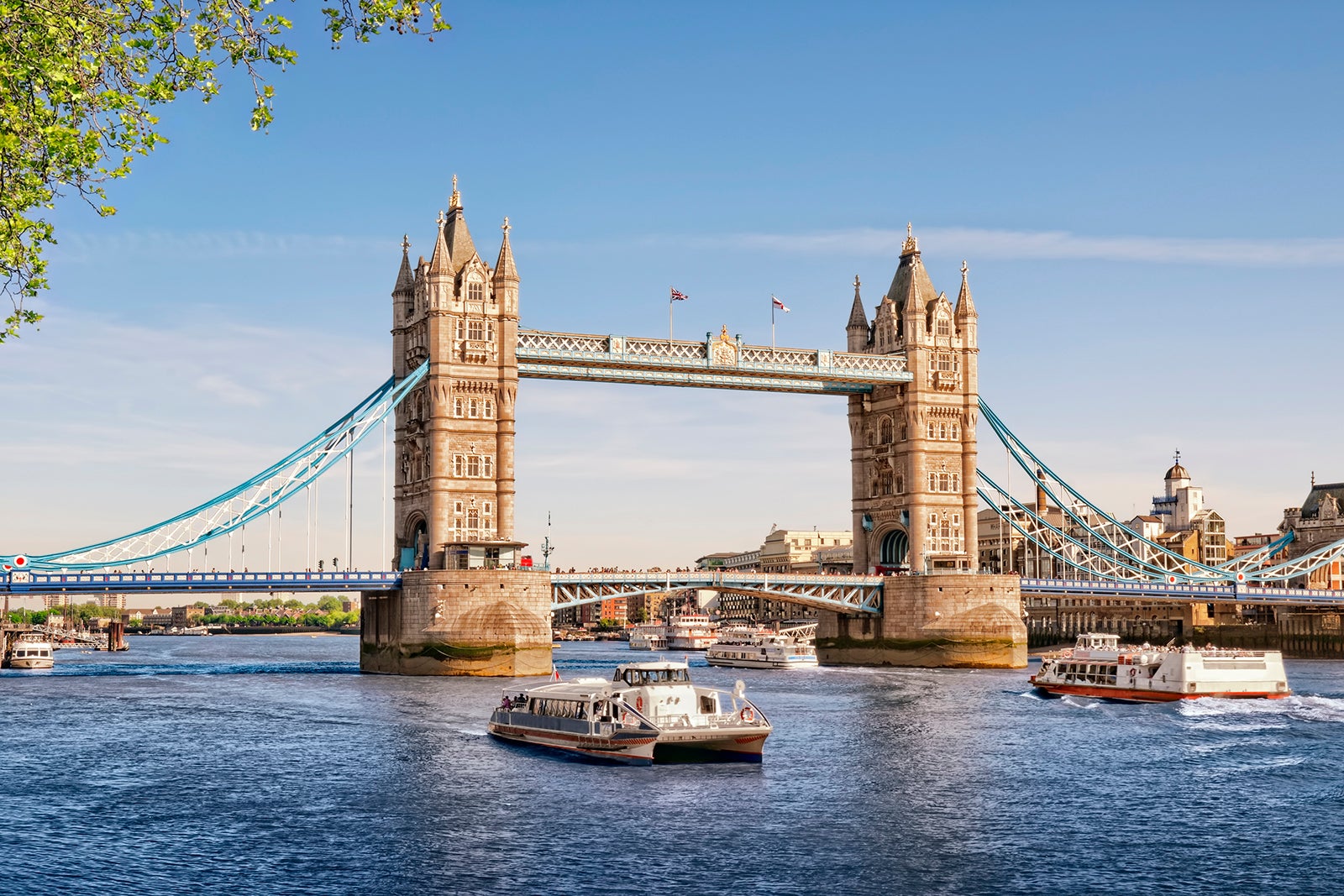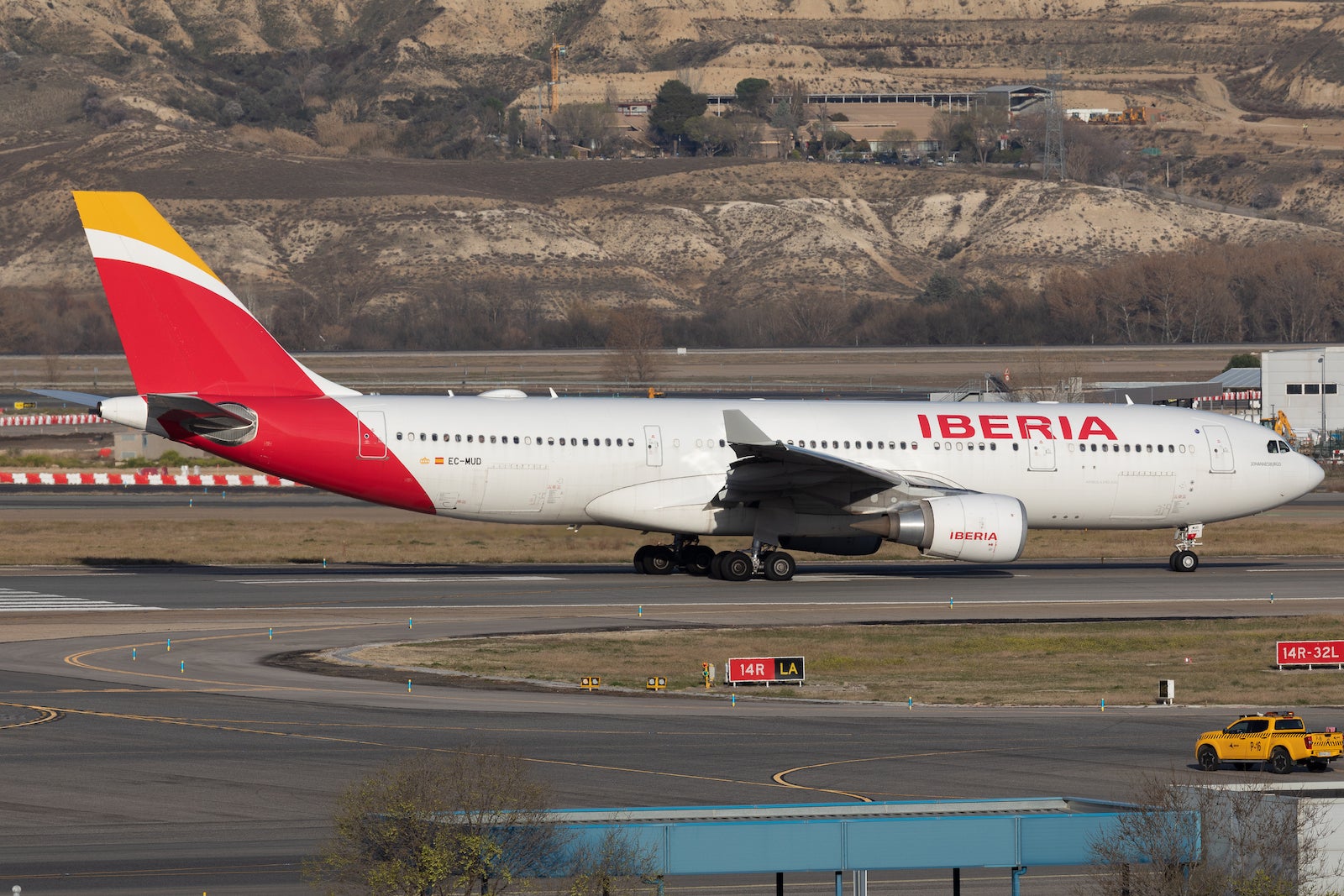Is flying safe? A spotlight on air travel after the worst US aviation disaster in 16 years
“Is air travel safe?” For more than a decade and a half, answering that question in the U.S. was a simple “yes,” owed to a remarkable stretch of safety that had seen 16 years pass without a deadly crash involving a U.S. airline. Last month, that long-running streak came to a tragic halt when a …

“Is air travel safe?”
For more than a decade and a half, answering that question in the U.S. was a simple “yes,” owed to a remarkable stretch of safety that had seen 16 years pass without a deadly crash involving a U.S. airline.
Last month, that long-running streak came to a tragic halt when a U.S. Army helicopter collided with an American Airlines regional jet as the PSA Airlines-operated aircraft prepared to land at Ronald Reagan Washington National Airport (DCA).
None of the 64 people on board the Bombardier CRJ700 — or the three soldiers on the Black Hawk helicopter — survived, first responders shared in the wake of the crash.
Before January ended, 2025 was already the deadliest year for aviation in America in nearly a quarter century.
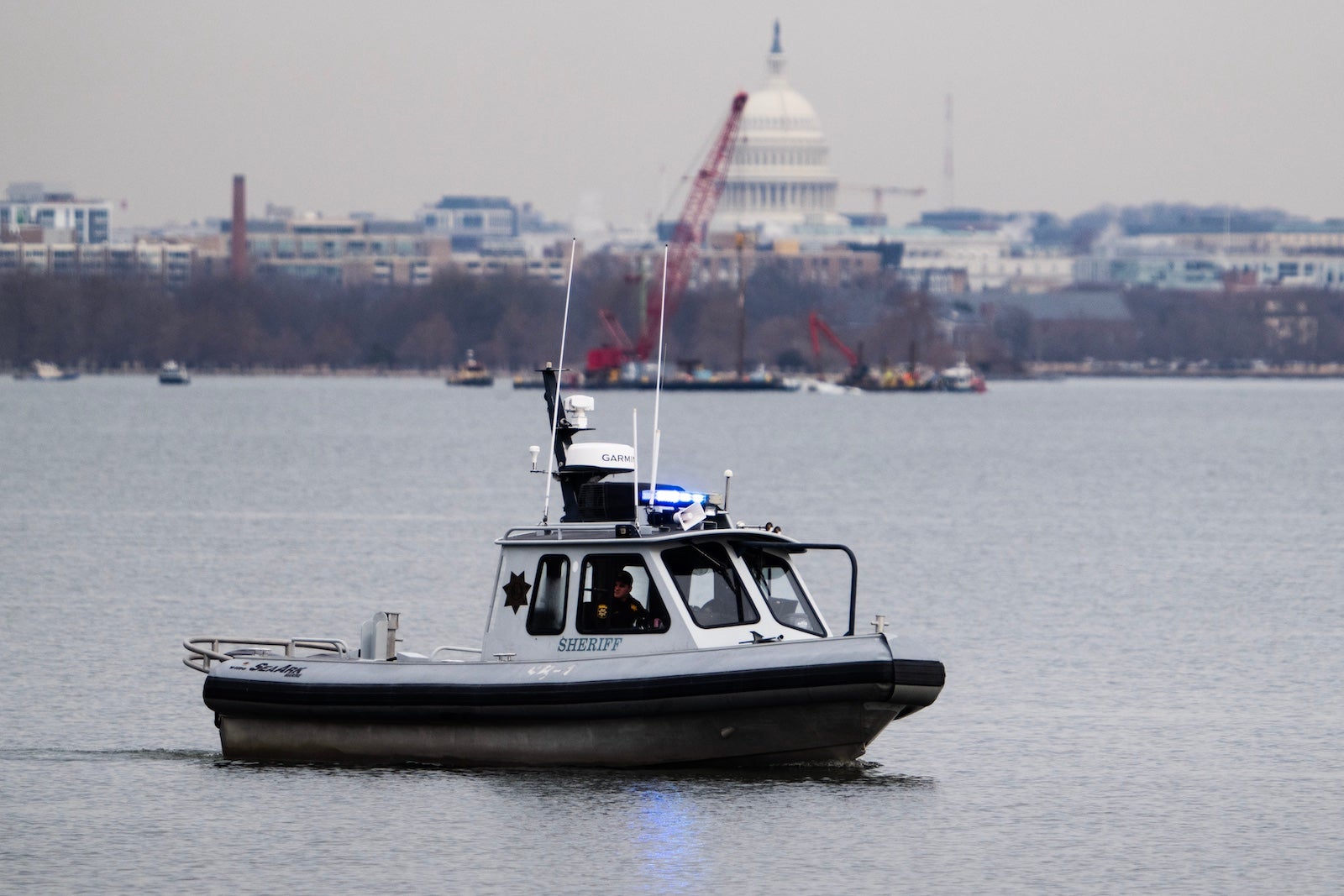
How could it happen? And what does it mean for a mode of transportation so many of us took for granted as the gold standard for safety?
“Air travel, as a whole, is still safe,” Shawn Pruchnicki, former airline pilot and aviation accident investigator at Ohio State University’s Center for Aviation Studies, told TPG.
“But what this accident highlights for us,” Pruchnicki said, “is that our large margin of safety that we have built into the system over decades has been eroded to some degree.”
Safest mode of transportation
The relative safety of getting on a plane versus — say, getting in your car to commute — remains so stark, the statistics are almost hard to comprehend.
According to a report published last year by the International Air Transport Association, the odds, backed by current safety statistics, work out so that any one traveler would have to fly every day for 100,000 years to experience a fatal accident.
2023, that same report noted, was the safest year on record for commercial air travel.
Consider, too, the fact that some 45,000 aircraft take off and land across America each day — the overwhelming majority of them without incident.
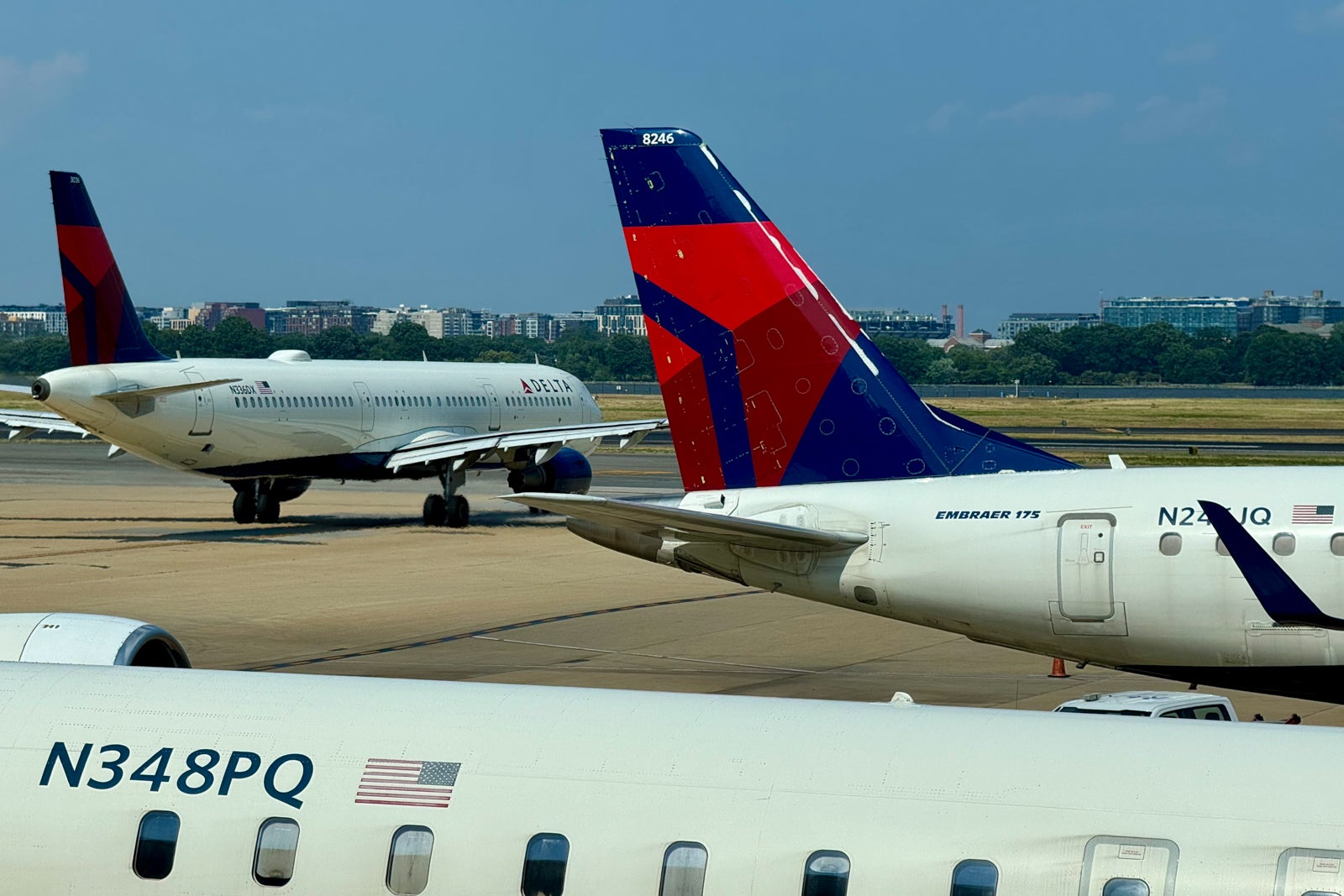
Even the nation’s top transportation safety advocate — often a critic of airlines and the Federal Aviation Administration — has put the overall safety of flying in perspective:
“The fact is, our aviation system is the safest in the world,” National Transportation Safety Board chair Jennifer Homendy wrote in a social media post last spring — comments that came amid a barrage of head-turning aviation headlines in the months following an inflight emergency on an Alaska Airlines jet last January.
Wide-ranging investigation
But the tragic death of 67 people in a major commercial airline accident demands significant scrutiny, nonetheless.
In keeping with long-standing aviation practices, the NTSB is charged with leading the investigation — an exhaustive probe that’s surely examining everything from factors on board the American Eagle flight deck to the altitude of the Army helicopter and operating conditions inside the DCA control tower.
“We will find out what happened. We will do it factually, and we will do it accurately,” Todd Inman, NTSB member, said at a news conference a day after the crash, promising a preliminary report within 30 days.
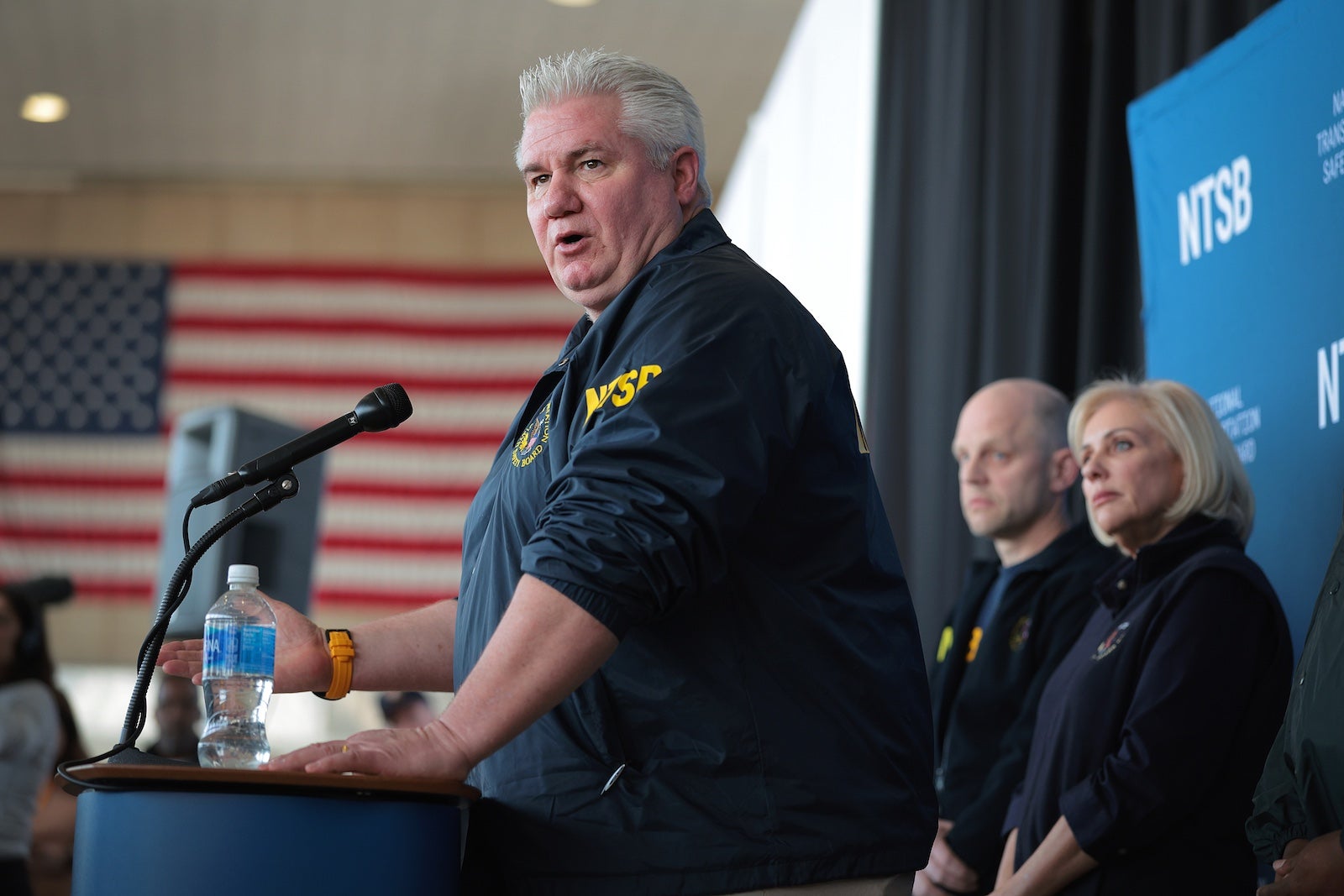
A spotlight on air traffic control
Already, though, the aftermath of the collision has sparked widespread discussion about the state of our nation’s air traffic control facilities — the critical nerve centers of our national airspace, where highly-trained and essential professionals give instructions to the tens of thousands of aircraft that take off and land each day in America.
To be clear: It remains too early to say precisely what factors led up to the 8:47 p.m. collision on Jan. 29 — let alone whether air traffic control played any role, whatsoever, cautioned Michael McCormick, longtime controller now on the faculty at Embry-Riddle Aeronautical University.
“I see it as speculation, as way too early to engage in,” McCormick said. “Until we know the circumstances behind it, we shouldn’t be laying any kind of fault, blame, on any individual or group.”
Still, leaders across the aviation industry widely agree outdated technology and a shortage of air traffic controllers is among the most pressing concerns facing air travel in the U.S. today.
Those concerns were percolating long before the Blackhawk helicopter and American Eagle 5342 collided.
That same night, The New York Times reported staffing levels at DCA’s control tower were “not normal” — albeit, likely not terribly unusual, considering more than 90% of Federal Aviation Administration facilities are understaffed nationwide.
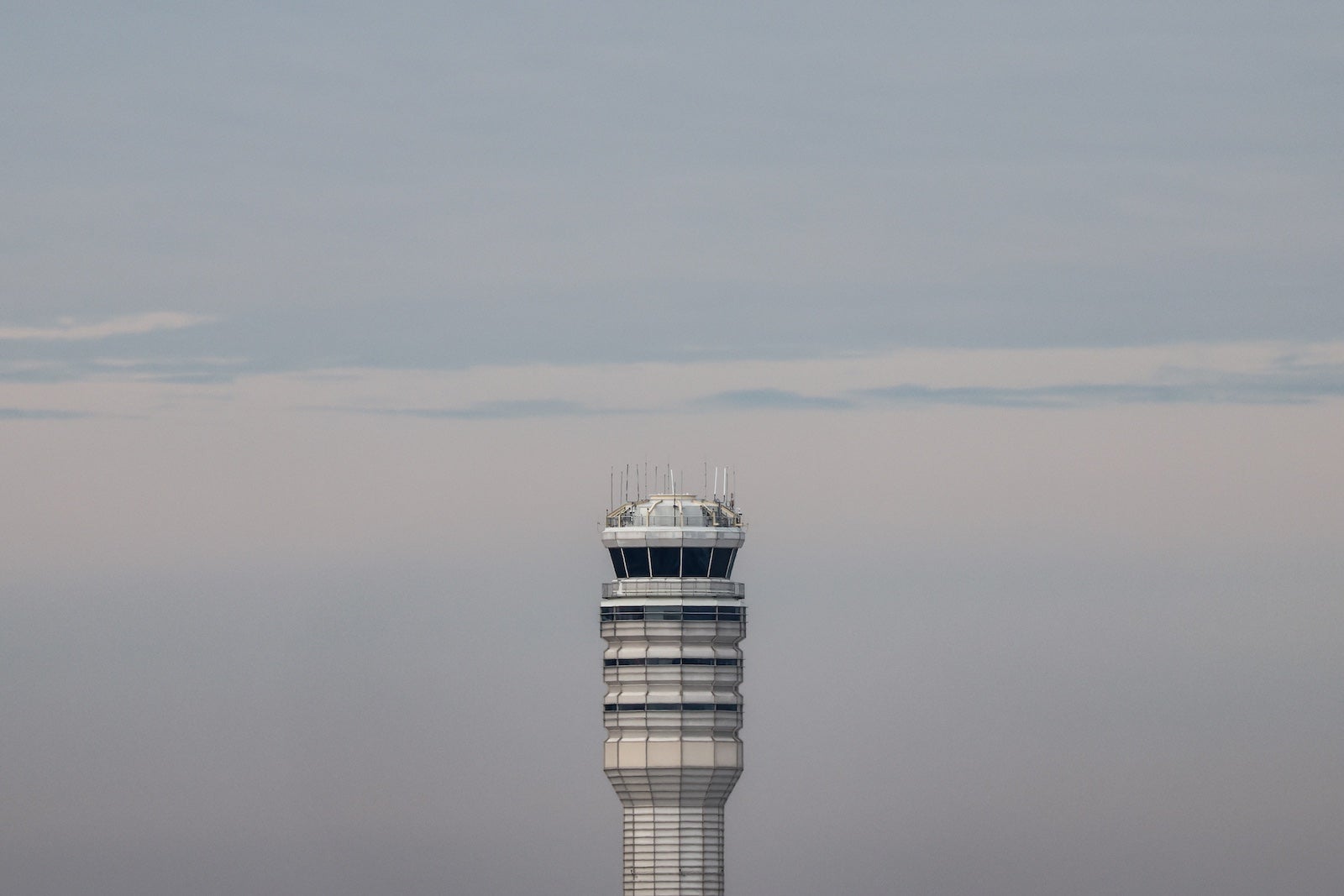
Staffing shortage a longstanding concern
By any stretch, the shortage of air traffic controllers is a major problem facing the industry. For perspective: More than 943 million people boarded commercial flights in the U.S. in 2023, according to FAA data. That was up about 30% from 2012, 11 years prior.
Yet, in 2023, America’s skies were patrolled by more than 1,000 fewer fully certified air traffic controllers than in 2012, according to a 2023 safety study commissioned by the FAA.
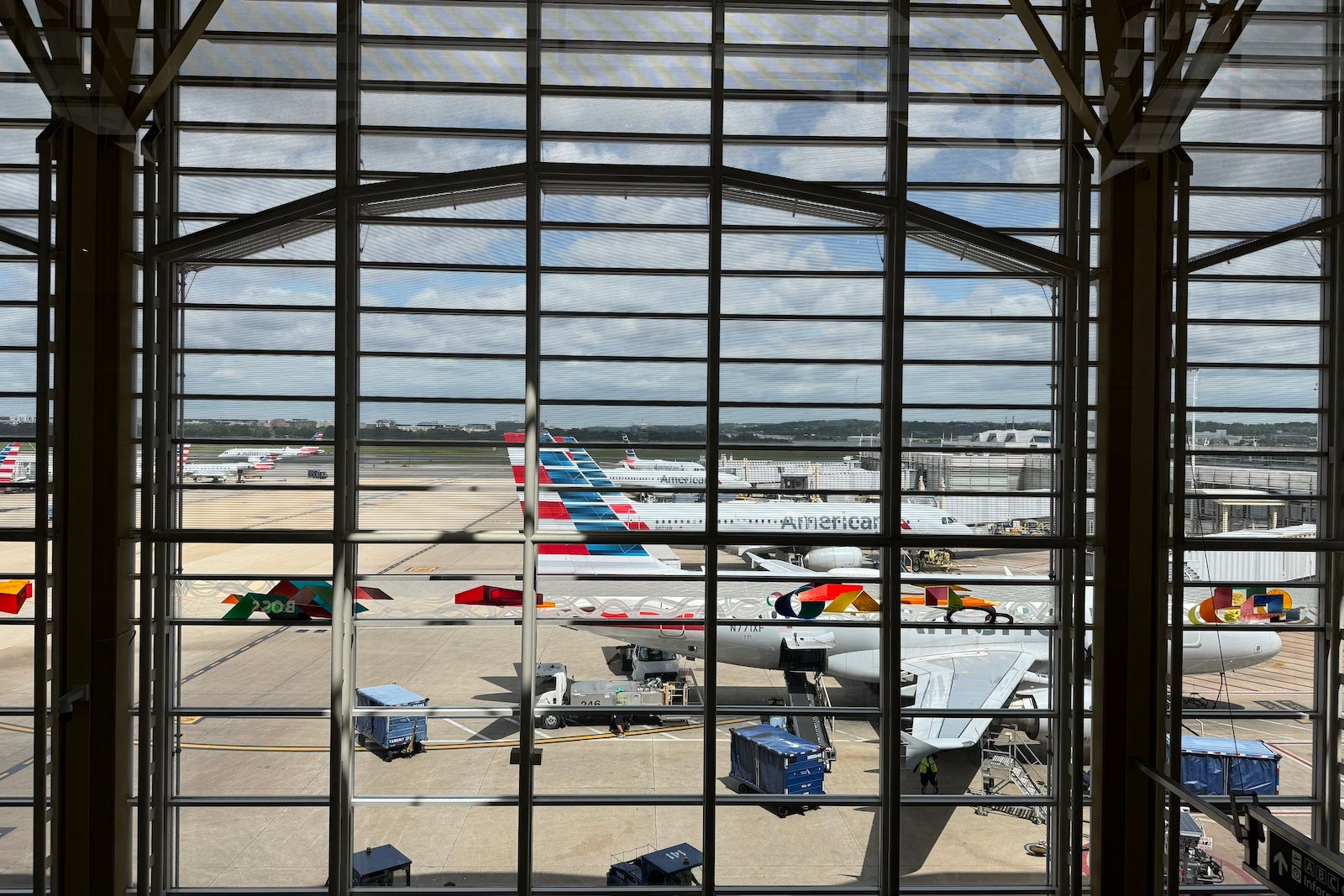
Today, the agency remains thousands of controllers short of its ideal target, in part due to a slew of factors that disrupted hiring and training over the past decade, from sequestration in the 2010s to multiple government shutdowns and the coronavirus pandemic.
The controllers the FAA does have regularly work six-day weeks and 10-hour days, the head of the nation’s largest air traffic controllers union said at an industry conference I attended last fall in D.C.
“We are not in a good place,” Rich Santa, president of the National Air Traffic Controllers Association, said while speaking at the Regional Airline Association Leaders Conference in September. “It’s unsustainable.”
Outdated facilities
It’s not just staffing, either.
Increasingly, our nation’s aviation operations are strained by outdated technology and facilities — from decades-old computer programs to more practical hurdles like leaky roofs and faulty heating, ventilation and cooling systems, a 2023 report revealed.
The FAA has invested years — and billions of taxpayer dollars — into upgrading its infrastructure, but those improvements haven’t come close to fruition; look no further than the January 2023 outage to a critical pilot information system that triggered the first nationwide ground stop since Sept. 11, 2001. A glitch plagued that same system earlier this month.
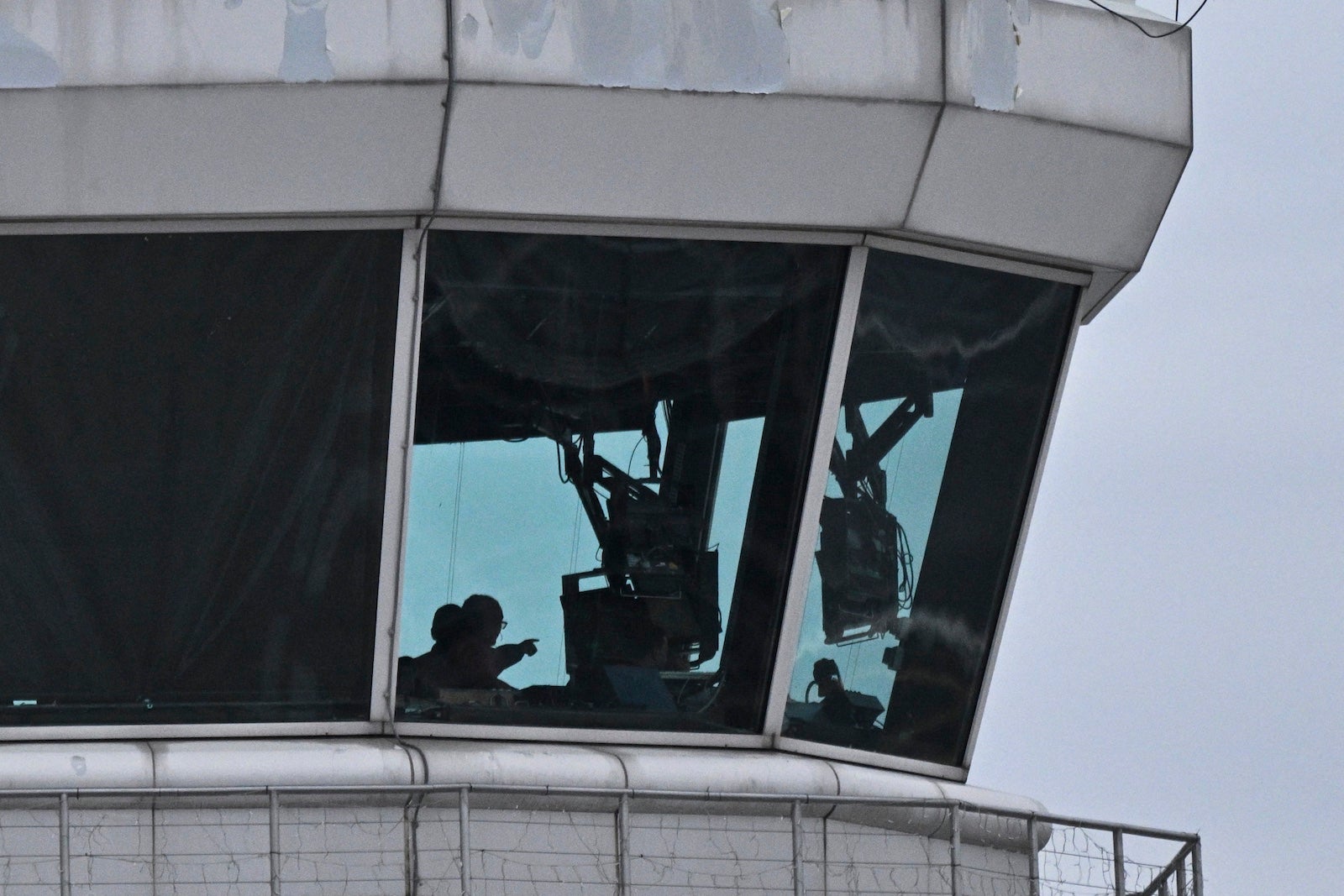
Just in December, a top government official called fixing the FAA’s systems “the work of many years and billions of dollars” while speaking on Capitol Hill.
“A snap of Iron Man’s fingers cannot fix this,” Kevin Walsh, I.T. and cybersecurity director at the Government Accountability Office during the Biden administration, testified to a Senate subcommittee on Dec. 12.
Usually a minor inconvenience
Now, in the vast majority of cases, these air traffic control hurdles manifest in mere inconvenience: namely, flight delays, when the FAA has to slow the flow of air traffic to a manageable level for the controllers it has on duty that day — moves made specifically in the interest of safety.
Those backups are especially common along busy East Coast corridors, and they’re often made worse when a summer thunderstorm throws a wrench in an airport’s tightly packed departure schedule — or when wintry conditions lead to a deicing backlog.
Overall, one in five flights on U.S. carriers were delayed last year, according to FlightAware — up from 16% five years prior, even as cancellation rates dropped sharply from all those meltdowns we saw a few years ago.
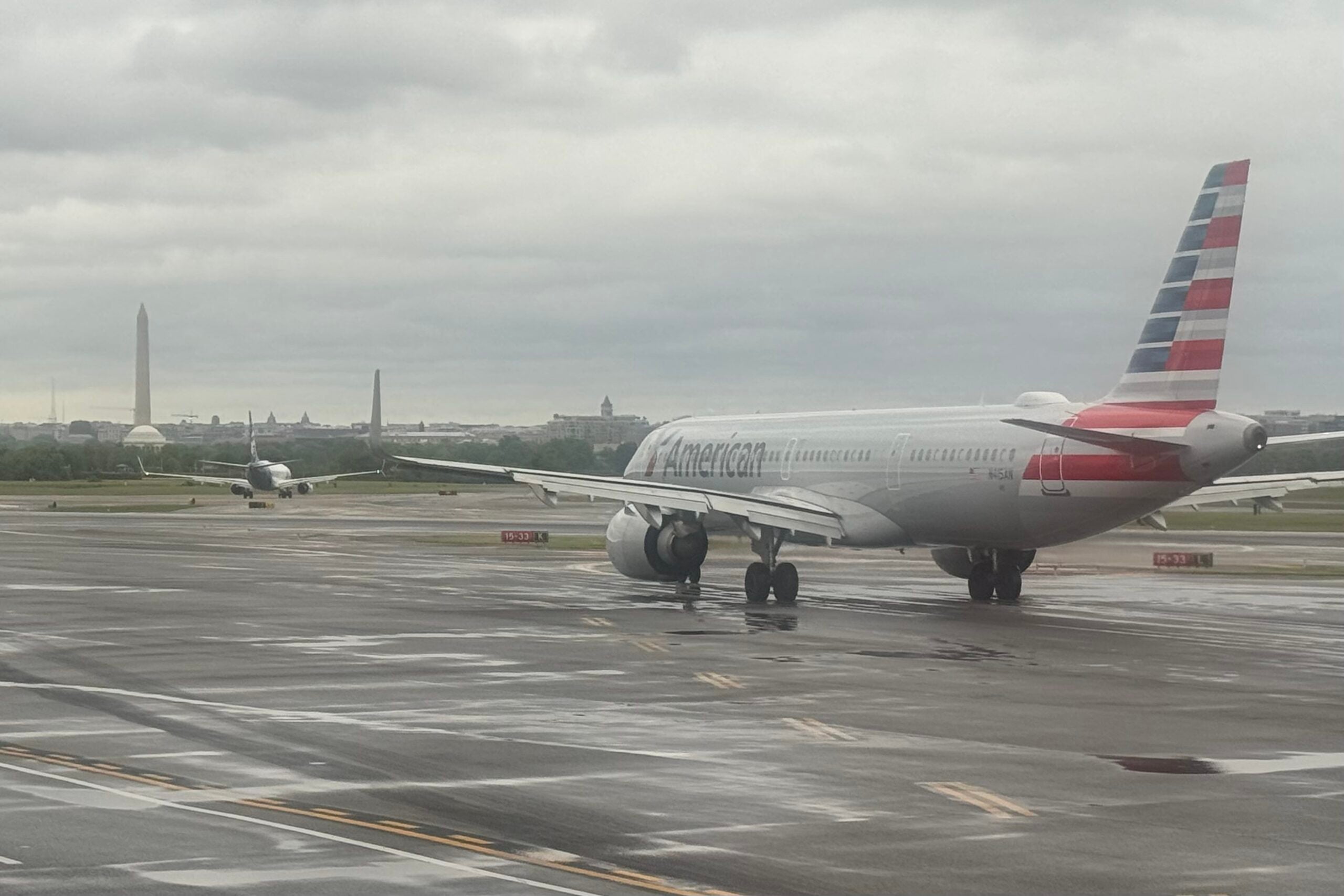
Safety risks the primary concern
But aviation safety experts have worried that staffing shortages and outdated technology could one day contribute to a major accident. Those fears grew louder after a series of hair-raising near misses near U.S. airports over the last couple of years, which Homendy, the NTSB chair, spoke about last fall in Washington.
“What we’ve seen in a lot of our investigations is pilot deviation. We’ve seen some fatigue. We’ve seen training issues, especially in air traffic control,” Homendy said, speaking at the Regional Airline Association Leaders Conference in September.
“We’re seeing that, as people are getting trained,” Homendy continued, ” … that they’re not even remembering some of their training that they got a week or two ago. So, we’re trying to understand, ok, should we be looking at other methods of training?”
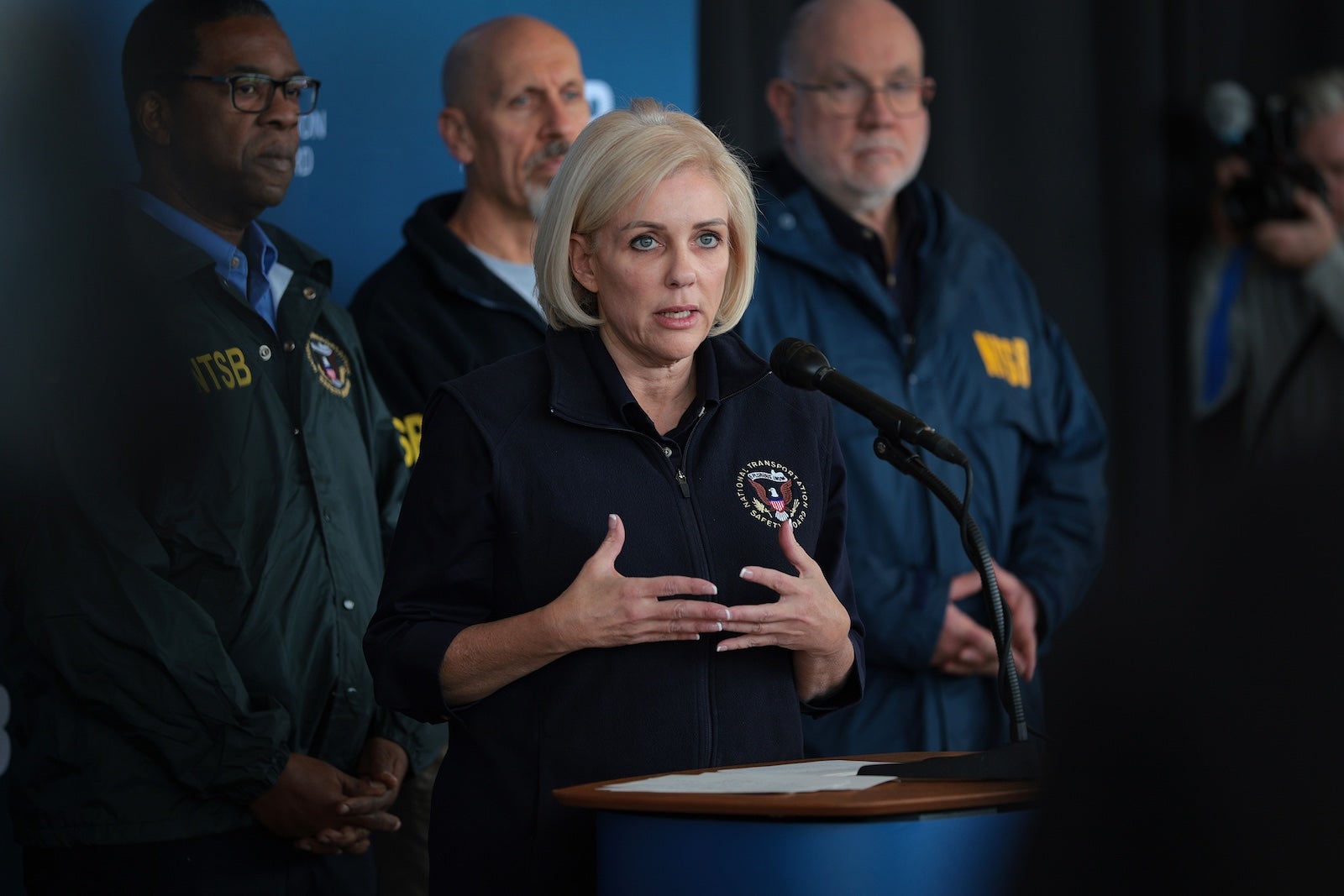
Reassurance, with an eye on needed changes
Now, it’d be easy to digest everything you just read and feel fearful about getting on a commercial flight.
The reality is, these are but the most glaring concerns in a remarkably safe air travel system that, until two weeks ago, hadn’t seen a deadly U.S. airline crash since the Colgan Air disaster in Buffalo, 16 years ago this week.
“You assume greater risk driving to the airport than you do flying to or from the airport,” McCormick, the longtime air traffic controller, said. “I have no qualms about getting on a plane and flying somewhere.”
“We have the safest airspace in the world,” newly installed Department of Transportation Secretary Sean Duffy added during an interview on CNN’s “State of the Union” last week.
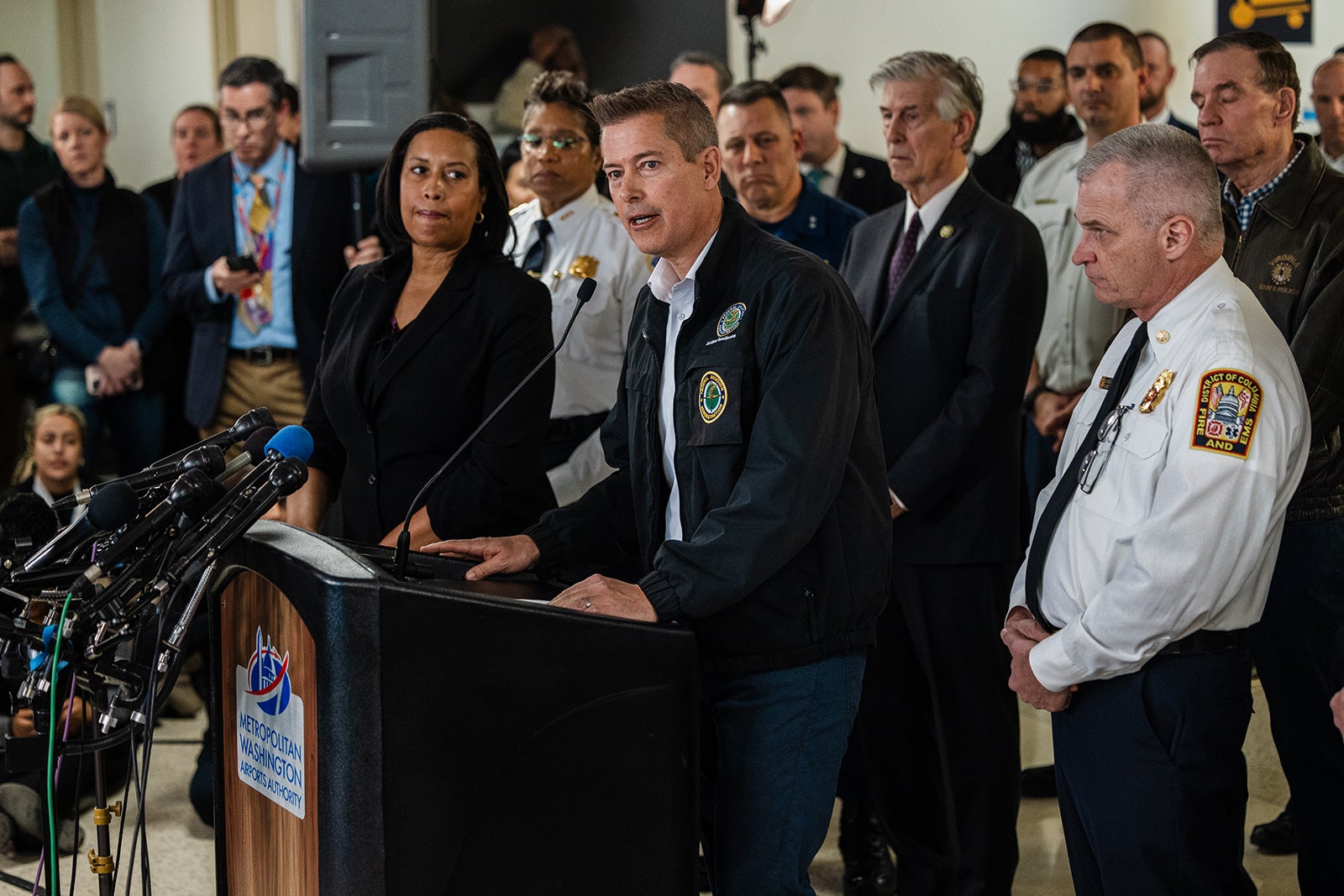
“We’ve seen some cracks. And it rattles people when they see these disasters. But air travel is safe,” Duffy said, while pledging to “surge controllers” to the FAA’s facilities.
A spotlight on making necessary changes
What else might be done to shore up aviation safety gaps remains a lingering question.
We should note, the arrival of a new administration in Washington did bring new upheaval at the FAA — including the resignation of a widely respected administrator, Michael Whitaker, who oversaw the agency reaching its hiring goal of 1,800 air traffic controllers last year.
At the same time, many industry insiders I’ve spoken with in recent days are hopeful the recent accident could inspire the badly-needed improvements to our national air system that have evaded both political parties over the years.
“I think this is actually a very good opportunity as compared to past accidents to actually solving some problems,” Pruchnicki said. “We’ve all been holding our breath for years.”
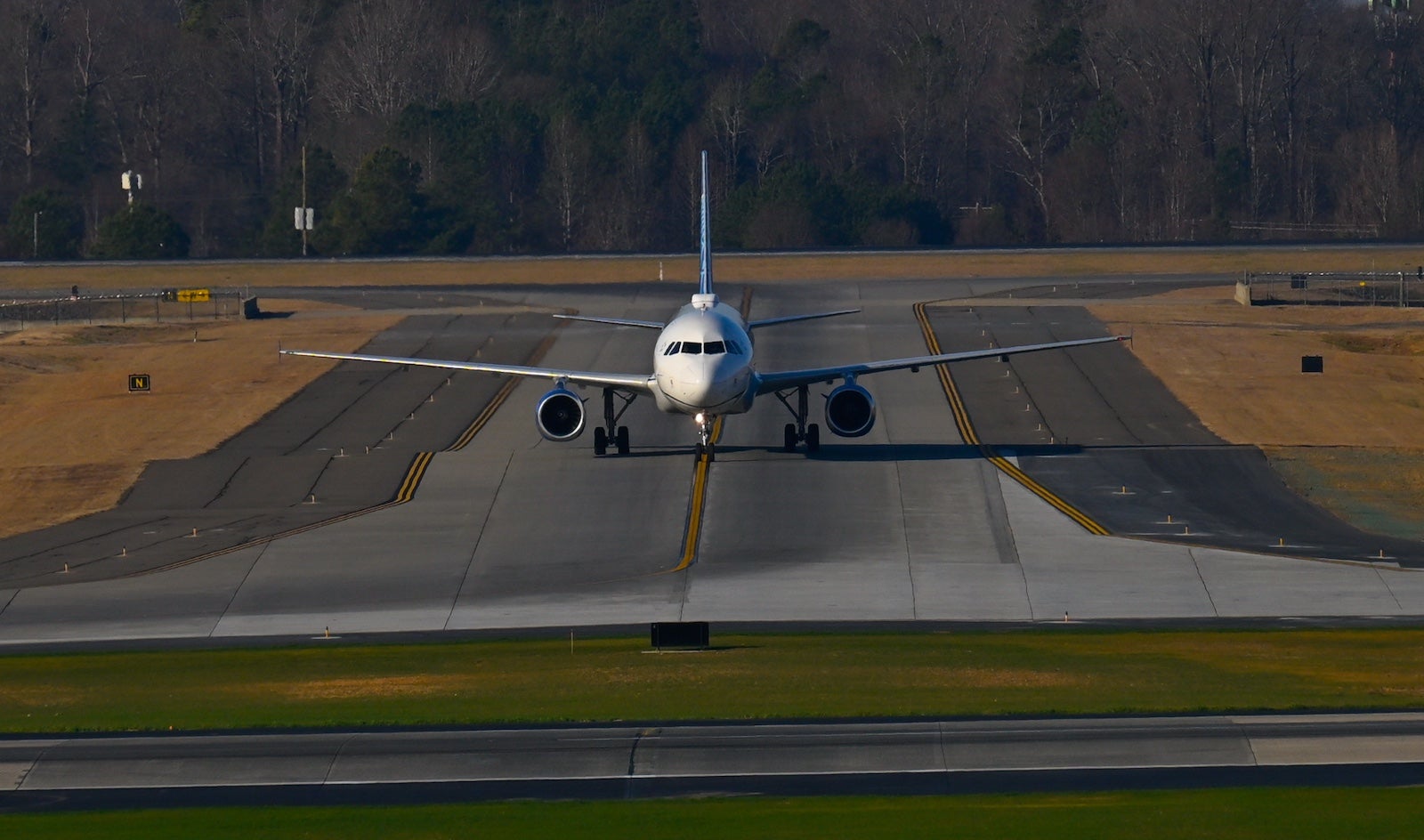
The nonpartisan U.S. Travel Association, for one, said it was “encouraged” by President Trump’s recent comments calling for a bill modernizing air traffic control, even as the president drew criticism for speculating, early, about causes of the recent crash.
More recently, a newly-formed alliance of airline and industry leaders has emerged, reiterating the safety of air travel while vowing to learn lessons from the worst air disaster the U.S. has seen in a generation.
“Over the last few decades, it’s been very hard to get our industry … to agree on anything,” Rob Land, JetBlue’s government affairs chief, told me this week. “Air traffic control is number one for everybody now. It will increase efficiency, add to safety, everyone gets that. I think, finally, the government’s starting to get it.”































































































































































































































